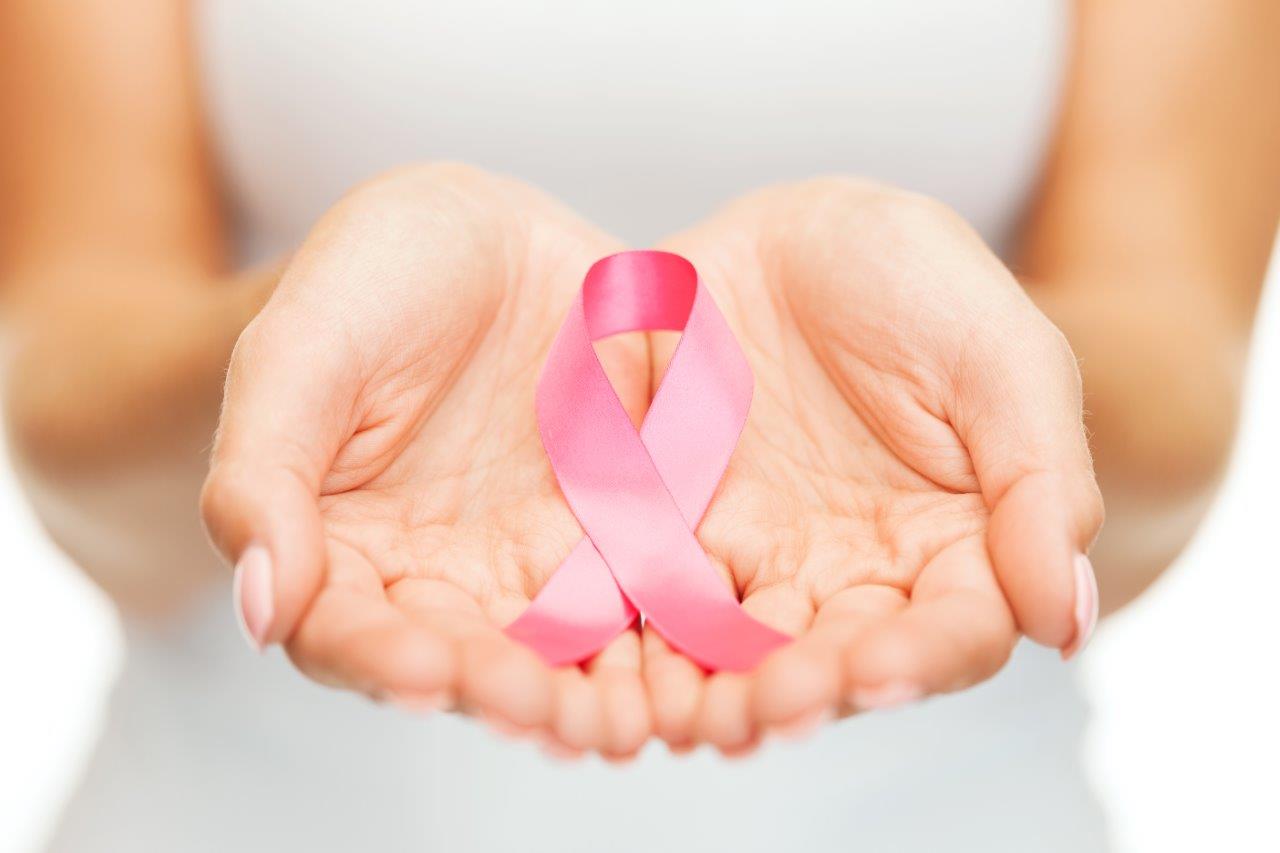Stomach Cancer Treatment
Your treatment options for gastroesophageal junction cancer or stomach cancer treatment depend on the stage of your cancer, your overall health and your preferences.
Surgery
Gastroesophageal junction cancer that has not spread requires surgery to remove the part of the esophagus or stomach where the tumor is located. The goal of surgery is to remove all of the cancer and a margin of healthy tissue, when possible. Nearby lymph nodes are typically removed as well.
The goal of surgery for cancer in the body of the stomach is also to remove all of the stomach cancer and a margin of healthy tissue, when possible. Options include:
- Removing early-stage tumors from the stomach lining. Very small cancers limited to the inside lining of the stomach may be removed using endoscopy in a procedure called endoscopic mucosal resection. The endoscope is a lighted tube with a camera that’s passed down your throat into your stomach. The doctor uses special tools to remove the cancer and a margin of healthy tissue from the stomach lining.
- Removing a portion of the stomach (subtotal gastrectomy). During subtotal gastrectomy, the surgeon removes only the portion of the stomach affected by cancer.
- Removing the entire stomach (total gastrectomy). Total gastrectomy involves removing the entire stomach and some surrounding tissue. The esophagus is then connected directly to the small intestine to allow food to move through yourdigestive system.
- Removing lymph nodes to look for cancer. The surgeon examines and removes lymph nodes in your abdomen to look for cancer cells.
- Surgery to relieve signs and symptoms. Removing part of the stomach may relieve signs and symptoms of a growing tumor in people with advanced stomach cancer. In this case, surgery can’t cure advanced stomach cancer, but it can make you more comfortable.
Surgery carries a risk of bleeding and infection. If all or part of your stomach is removed, you may experience digestive problems.
Chemotherapy
Chemotherapy is a drug treatment that uses chemicals to kill cancer cells. Chemotherapy drugs travel throughout your body, killing cancer cells that may have spread beyond the stomach.
Chemotherapy can be given before surgery (neoadjuvant chemotherapy) to help shrink a tumor so that it can be more easily removed. Chemotherapy is also used after surgery (adjuvant chemotherapy) to kill any cancer cells that might remain in the body. Chemotherapy is often combined with radiation therapy. Chemotherapy may be used alone in people with advanced stomach cancer to help relieve signs and symptoms.
Chemotherapy side effects depend on which drugs are used.
Targeted drugs
Targeted therapy uses drugs that attack specific abnormalities within cancer cells or that direct your immune system to kill cancer cells (immunotherapy). Targeted drugs used to treat stomach cancer include:
- Trastuzumab (Herceptin) for stomach cancer cells that produce too much HER2
- Ramucirumab (Cyramza) for advanced stomach cancer that hasn’t responded to other treatments
- Imatinib (Gleevec) for a rare form of stomach cancer called gastrointestinal stromal tumor
- Sunitinib (Sutent) for gastrointestinal stromal tumors
- Regorafenib (Stivarga) for gastrointestinal stromal tumors
Several targeted drugs are being studied for treatment of gastroesophageal junction cancer, but only two of these drugs — ramucirumab and trastuzumab — have been approved for this use.
Targeted drugs are often used in combination with standard chemotherapy drugs. Tests of your cancer cells can tell your doctor whether these treatments are likely to work for you.
Supportive (palliative) care
Palliative care is specialized medical care that focuses on providing relief from pain and other symptoms of a serious illness. Palliative care specialists work with you, your family and your other doctors to provide an extra layer of support that complements your ongoing care. Palliative care can be used while undergoing aggressive treatments, such as surgery, chemotherapy or radiation therapy.
When palliative care is used along with all of the other appropriate treatments, people with cancer may feel better and live longer.
Palliative care is provided by a team of doctors, nurses and other specially trained professionals. Palliative care teams aim to improve the quality of life for people with cancer and their families. This form of care is offered alongside curative or other treatments you may be receiving

